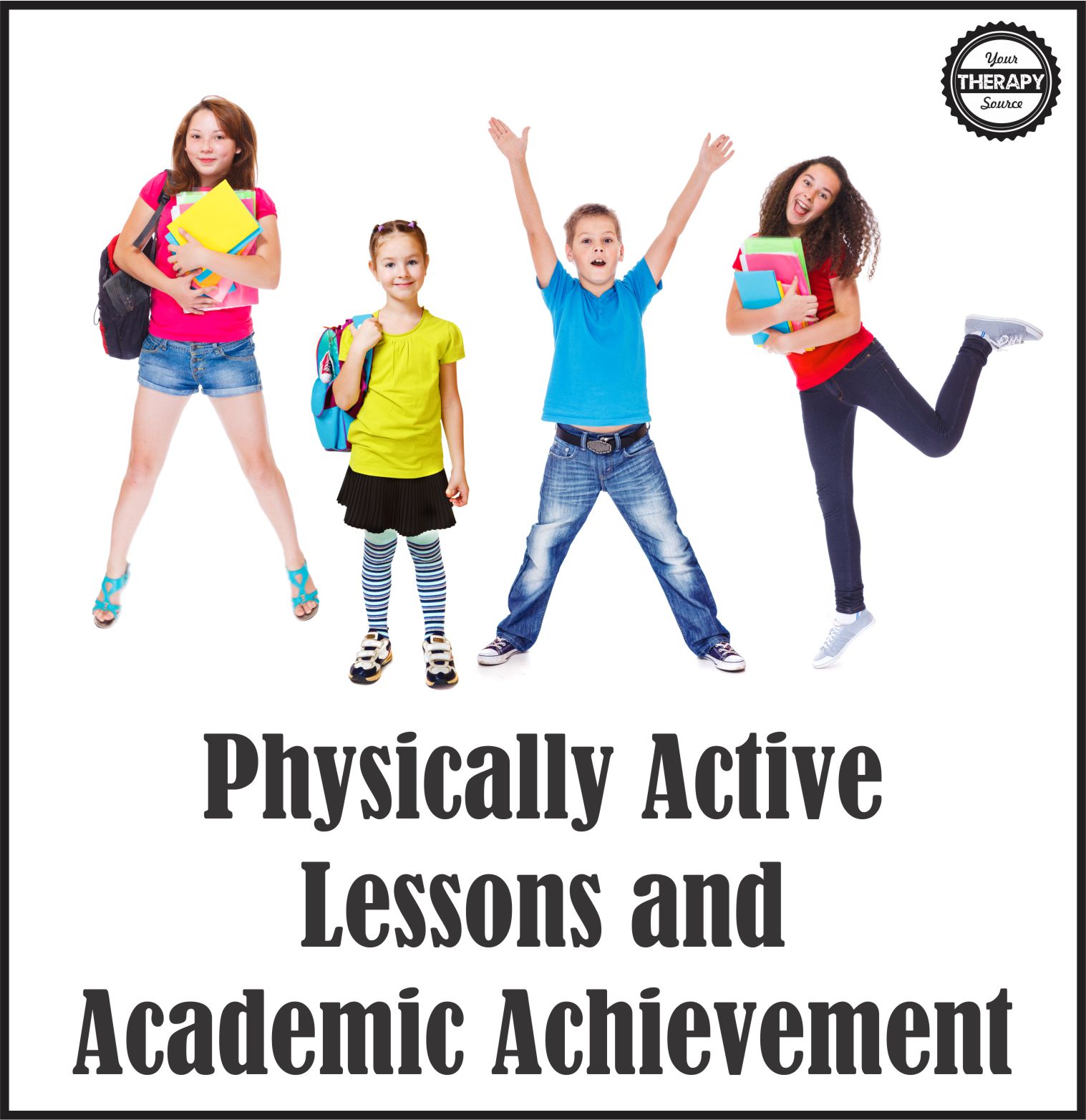Academic Benefits of Physical Activity During Lessons
Pediatrics published research on the academic benefits of physical activity during lessons. To study the effects of a physically active academic intervention on the academic achievement of children, 499 second and third graders were randomly assigned to the intervention group (physically active lessons for 2 years, 22 weeks per year, 3 times a week) or the control group (regular classroom lessons).
Each student was evaluated for academic achievement before the study and after each year. The assessments included 2 mathematics tests (speed and general math skills) and 2 language tests (reading and spelling).
Results of the Study on the Academic Benefits of Physical Activity
The results indicated the following:
- children in the intervention group had significantly greater gains in mathematics speed test, general mathematics, and spelling scores.
- no changes were seen in reading scores.
The authors concluded that “physically active lessons significantly improved mathematics and spelling performance of elementary school children and are therefore a promising new way of teaching.”
Reference: Marijke J. Mullender-Wijnsma, Esther Hartman, Johannes W. de Greeff, Simone Doolaard, Roel J. Bosker, Chris Visscher. Physically Active Math and Language Lessons Improve Academic Achievement: A Cluster Randomized Controlled Trial. Pediatrics, Mar 2016
Resources to Encourage Physical Activity in the Classroom
The Exercise Posters for Kids includes the following posters:
- Wake Up Exercises – get students awake and ready to learn! Use to get the wiggles out or to energize students.
- Be Strong Exercises – students can work on core strengthening, shoulders, arms, hips, and legs.
- Focus Exercises – encourage increased focus, balance, and attention with these 6 exercises.
- Stretching Exercises – 6 simple exercises to increase flexibility to prevent poor posture.
- Calming Exercises – a great routine to implement to help students self-regulate.
Roll Some Fun Brain Breaks has been updated to include 30 no-prep, boredom busting brain breaks to encourage visual motor skills, sensory motor skills, and FUN. Each game board can be done with one person or a group in a small or large space!






